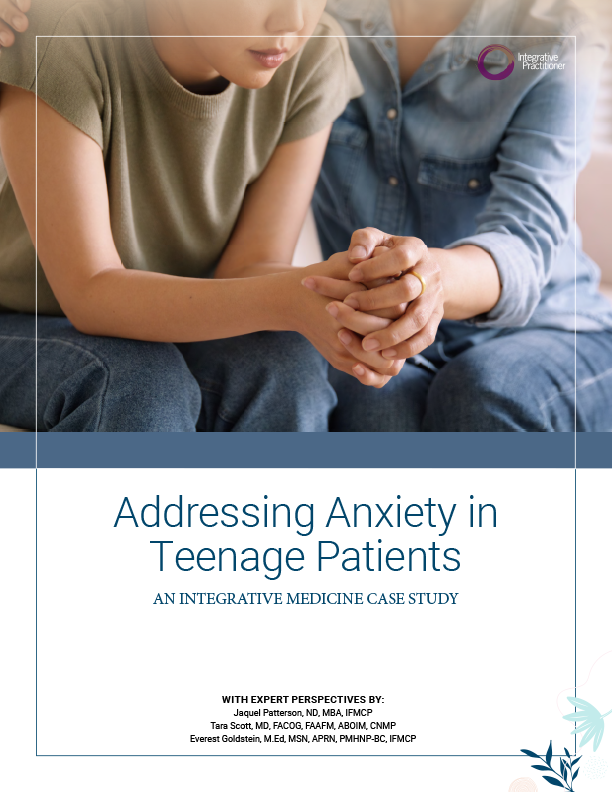World Health Organization defines “burnout” as official medical diagnosis
By Katherine Shagoury
Burnout is now an official medical diagnosis, according to the 11th revision of the World Health Organization’s (WHO) International Statistical Classification of Diseases and Related Health Problems (ICD).
The WHO defines burnout as, “a syndrome conceptualized as resulting from chronic workplace stress that has not been successfully managed.” It refers specifically to phenomena in the occupational context and should not be applied to describe experiences in other areas of life, the WHO says.
Burnout is characterized in ICD-11 by three main symptoms:
- Feelings of energy depletion or exhaustion
- Increased mental distance from one’s job, or feelings of negativism or cynicism related to one’s job
- Reduced professional efficacy
It refers specifically to problems associated with employment or unemployment, and excludes adjustment disorder, disorders specifically associated with stress, anxiety or fear-related disorders, and mood disorders, according to the WHO.
ICD is a standardized system of alphanumeric codes for diagnoses used in medical billing and coding throughout the world, as well as for epidemiology, research, and cataloguing causes of death.
Physician burnout costs the U.S. healthcare system approximately $4.6 billion a year, according to the American College of Physicians. A 2018 Gallup study of nearly 7,500 full-time employees found that 23 percent reported feeling burned out at work very often or always, while an additional 44 percent reported feeling burned out sometimes.
As burnout numbers continue to rise for both healthcare and other professionals, the integrative healthcare community will have a unique role to play in ensuring patients address mind, body, and spirit, with an emphasis on self-care, to achieve nurturing and life balance.
















